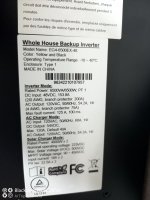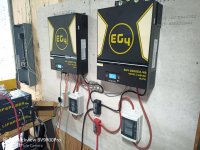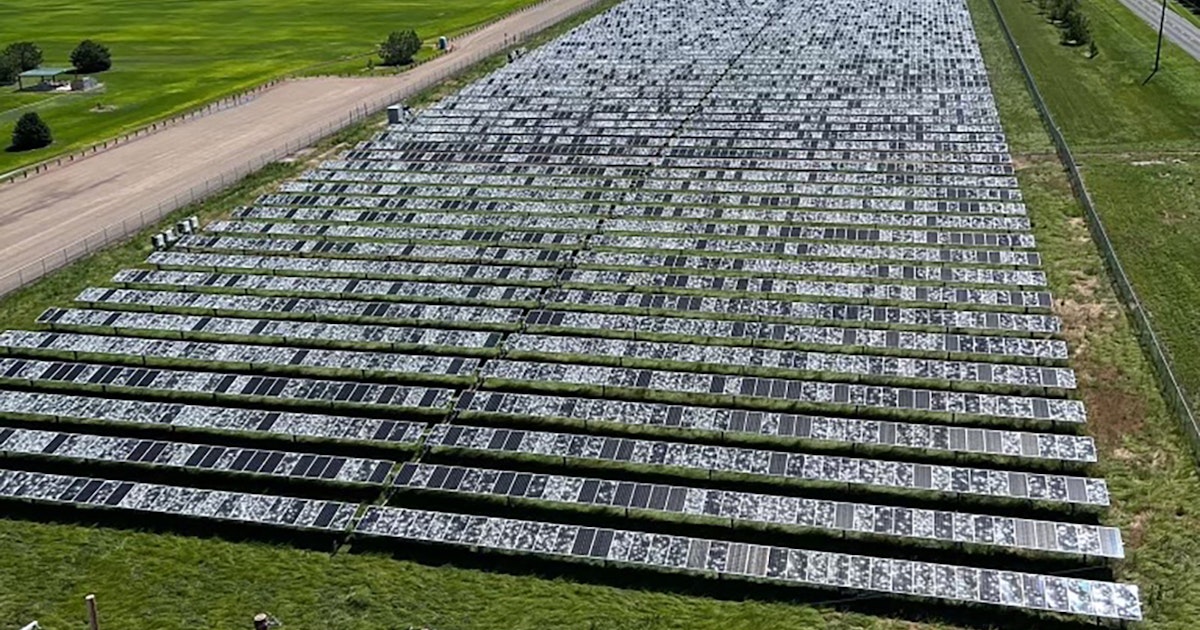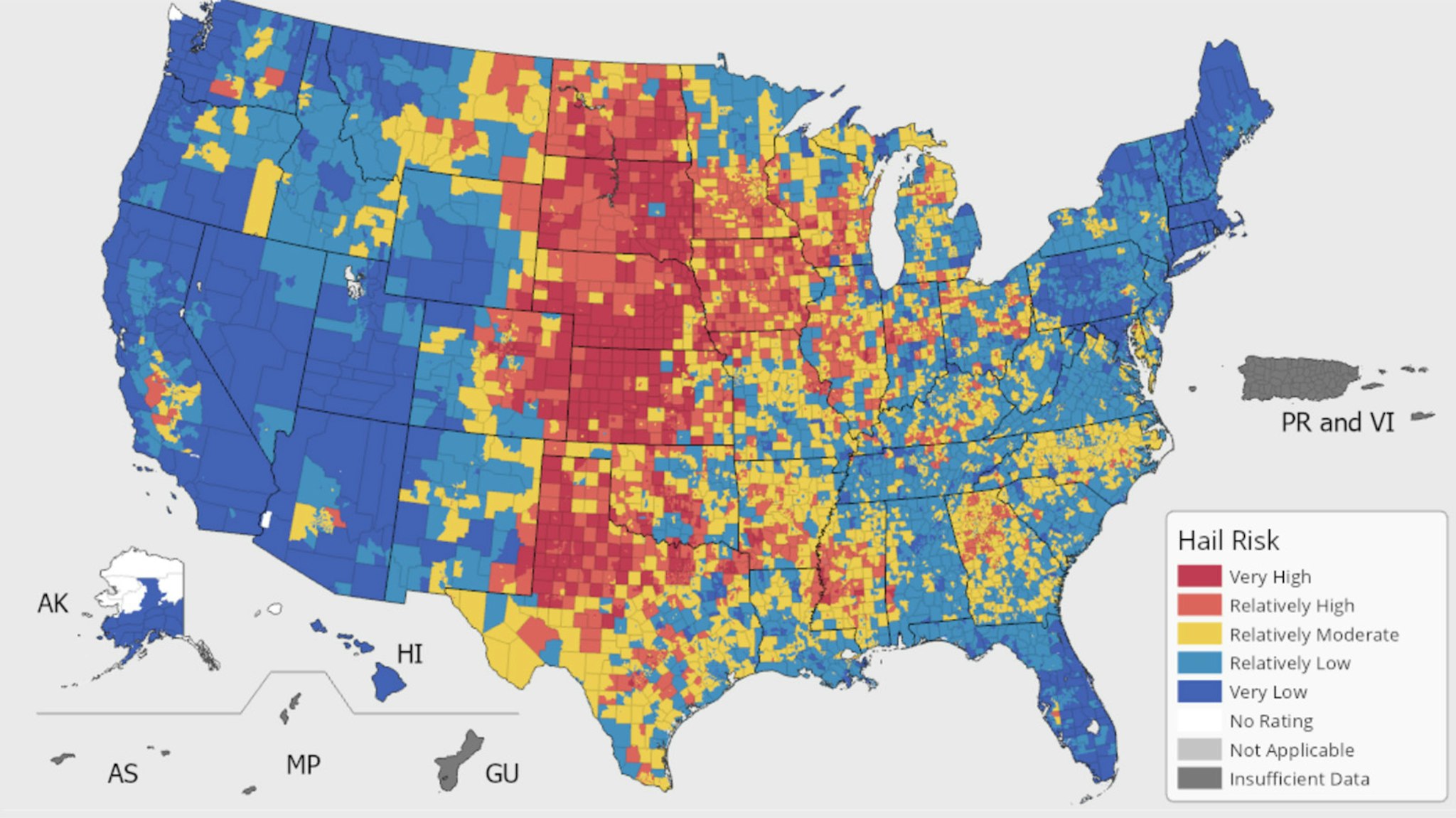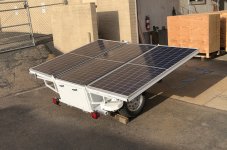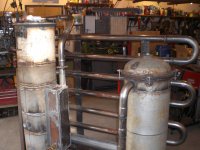Well you are thinking what good will that do if you don't have electricity. Good point, you don't think I am doing this kind of thing to "save the planet" do you.



I currently have 800w of solar panels hooked up, only two are on my shop. The others are going to be on the other side. Now I know you are thinking, two sides, sides....why not the roof like everyone else. Easy, the shop has 24' side walls and I am not as young as I once was, I am not going up there. I loose a few hours of sun, but I don't care. I also put them on two sides as I learned when the the sun gets to about 4pm my solar panels really fall off, so I put two on the west side of the building, this will give me 5-ish amps and 17-ish volts on a clear day. I have 4x 100ah lifepo4 batteries all in parallel, it is a 12v system. Yes I know you loose quite a bit, but you also gain availability. Everyone has stuff for a 12v system, walmart, camping places, even Harbor Freight has 12v inverters should I need one NOW. I have a spare.
The entire thing is on a cart so I can wheel it into my house if need be. Currently I can run the furnace, fridge and deep freeze's over night and turn off the propane generator. That will make that propane last a bit longer.

In the shop there is a manual transfer switch that I wired into the main panel.

Tape on the breakers show what is connected to what. I will have power and that is going to be a good thing.

I currently have 800w of solar panels hooked up, only two are on my shop. The others are going to be on the other side. Now I know you are thinking, two sides, sides....why not the roof like everyone else. Easy, the shop has 24' side walls and I am not as young as I once was, I am not going up there. I loose a few hours of sun, but I don't care. I also put them on two sides as I learned when the the sun gets to about 4pm my solar panels really fall off, so I put two on the west side of the building, this will give me 5-ish amps and 17-ish volts on a clear day. I have 4x 100ah lifepo4 batteries all in parallel, it is a 12v system. Yes I know you loose quite a bit, but you also gain availability. Everyone has stuff for a 12v system, walmart, camping places, even Harbor Freight has 12v inverters should I need one NOW. I have a spare.
The entire thing is on a cart so I can wheel it into my house if need be. Currently I can run the furnace, fridge and deep freeze's over night and turn off the propane generator. That will make that propane last a bit longer.
In the shop there is a manual transfer switch that I wired into the main panel.
Tape on the breakers show what is connected to what. I will have power and that is going to be a good thing.

